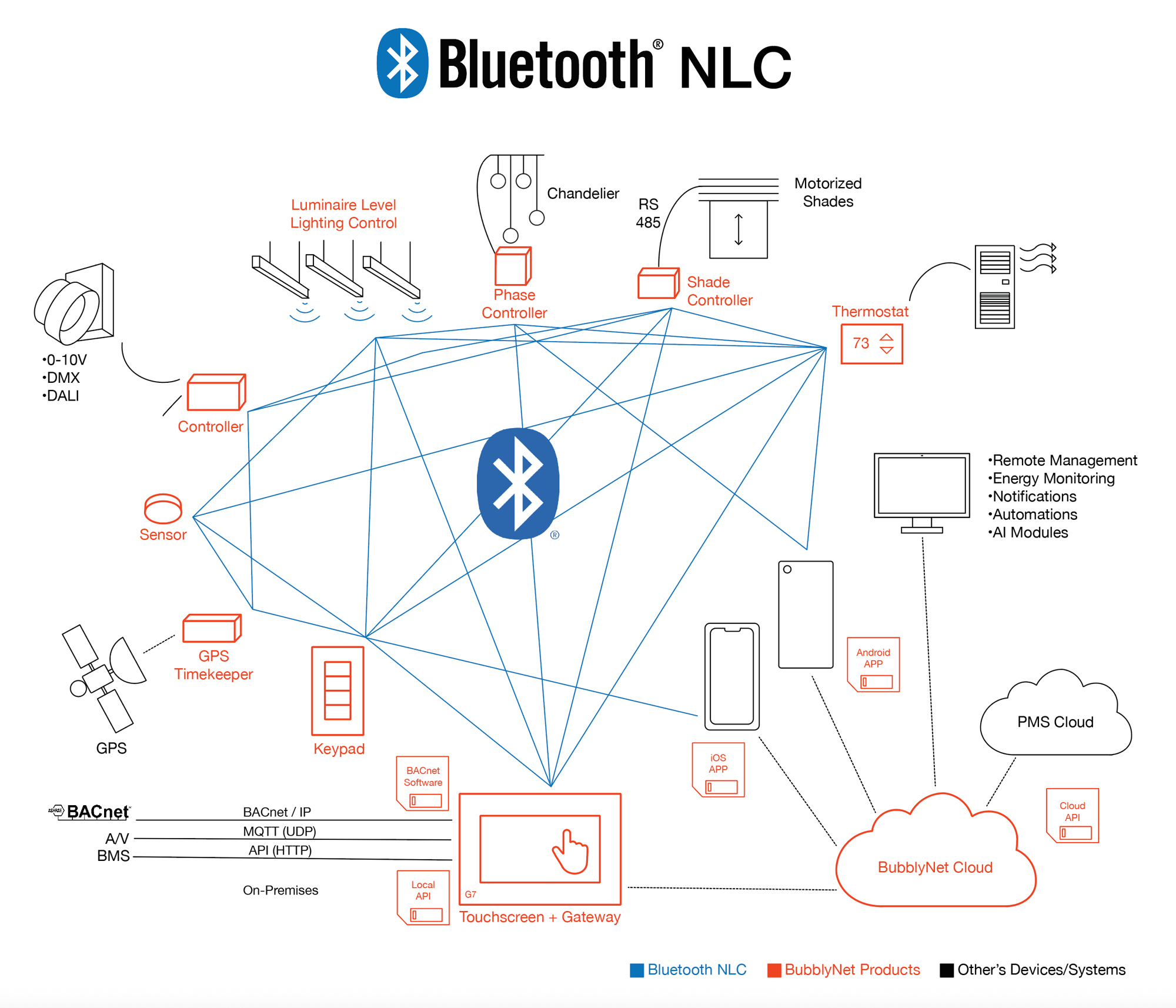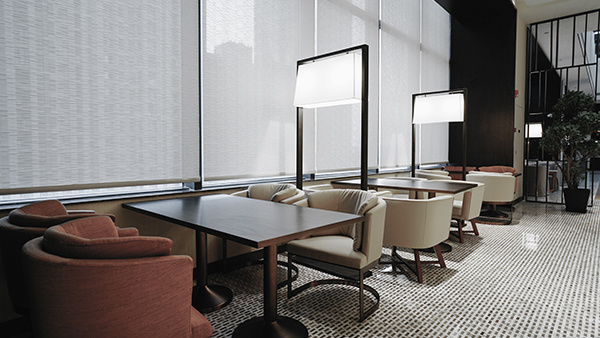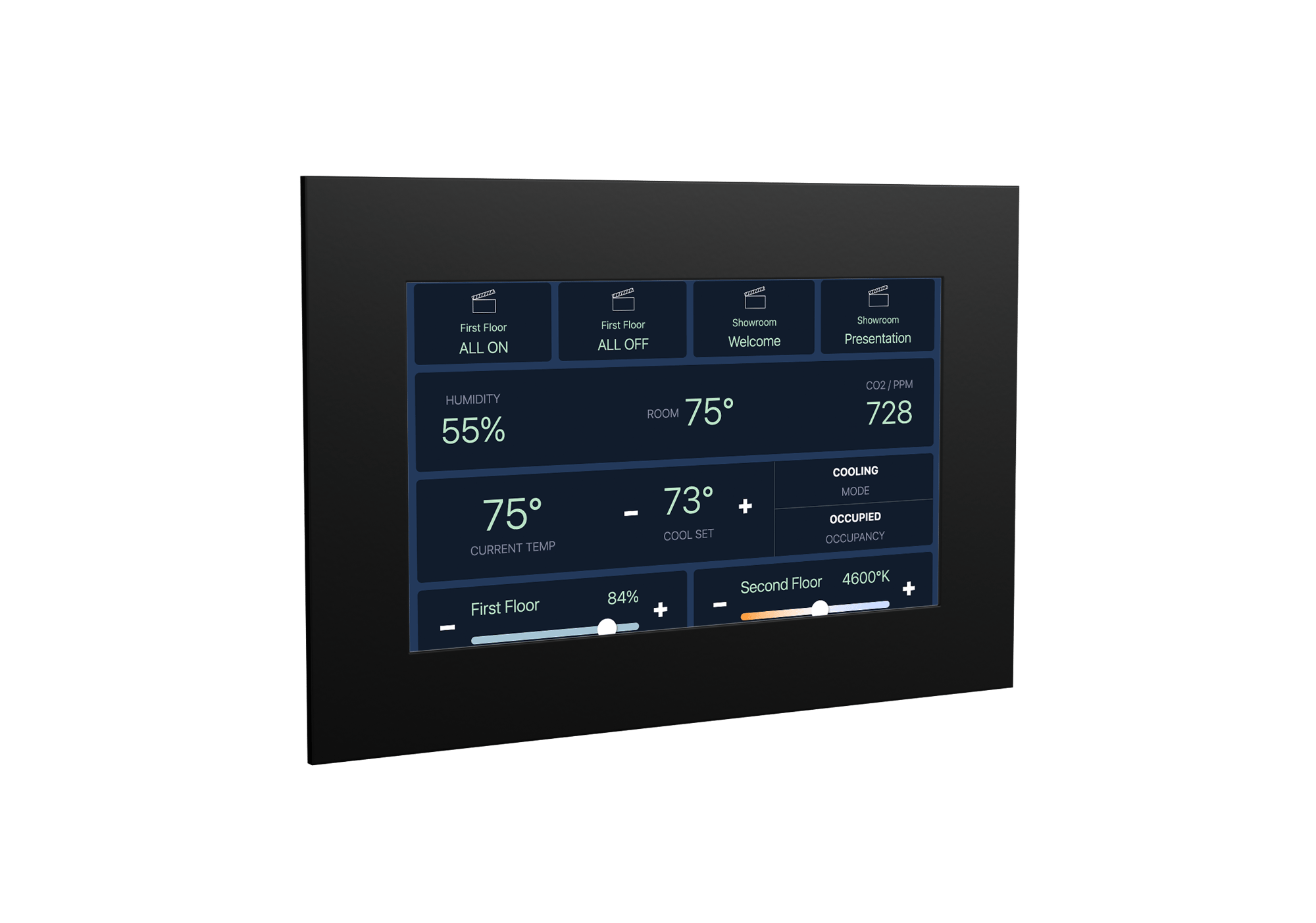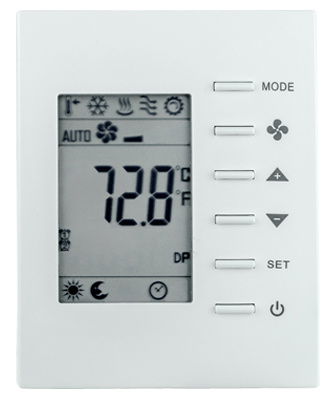Integration

Controllers

Shades Integration
BubblyNet shade controls bring natural light into spaces while conserving energy and reducing glare. They integrate seamlessly with a wide range of shade and drapery brands, eliminating the limits of proprietary systems.
Our hardware and software support multiple motorized shade brands, with full control over height, scenes, schedules, and motion activation. By distributing intelligence across devices rather than relying on a central hub, BubblyNet reduces system failure risks and eliminates the need for data lines to every shade.
With the Shade Controller C400 paired to a Touchscreen, Gateway or GPS timekeeper, shades can even track the sun’s position year-round for perfectly synchronized movement.


Utilizing RS485, BubblyNet has integrated with Forest motorized shading systems. Since RS485 is digital, it allows for extremely precise shade adjustment. The BubblyNet Forest shade controller fits into the back of the Forest motor and uses a single connector for both data and power.

Utilizing RS485, BubblyNet integrates with the Legrand motorized shading systems. Since RS485 is digital, it allows for high accuracy shade adjustment. The BubblyNet Legrand Controller plugs in-between the shades and the QIS power panel. The simplicity in connection makes it easy to retrofit an existing installation.
![]()
Lutron shades, draperies, and Venetian blinds can be controlled using the BubblyNet C-400 RS-232 Shade Controller in conjunction with the Lutron QSE-CI-NWK-E interface. The Lutron interface includes 100 virtual programmable buttons, enabling presets, raise/lower functionality, and custom levels.

Mecho shades can be integrated with a BubblyNet 0–10 V controller to the MechoNet wireless 0-10 V interface.

BubblyNet also can control blinds using the 0-10v protocol. This protocol was used to connect the Somfy motorized blinds systems. The software for this type of shade control can correct the inaccuracies in the 0-10v protocol, allowing for more precise shade height adjustments.
There are several other protocols that have been integrated to control mechanical devices such as UART and I2C. Please contact sales@bubblynet.com to find out how we could integrate your preferred brand of shades.
DMX-In Controller
The new DMX-IN Controller delivers DMX control over a Bluetooth® Mesh network. Whether it's for integration between systems or for controlling 0-10V or phase loads via a DMX512 control panel, the new DMX-IN controller opens the door to a variety of new applications. Wireless dimming, scenes, and animations on a Bluetooth® Mesh network are now available from a DMX console.

DMX-Out Controller
The C-X51 commands up to 28 DMX Channels Wirelessly, translating on/off/dim, scenes and animations from Bluetooth® mesh to DMX.


Local Gateway
With the addition of a gateway on a job, clients and partners can use the BubblyNet API to control the network. This provides the ability for other development teams to integrate with BubblyNet. For example, if a vendor of smart door locks needs to control BubblyNet lights when a door is unlocked, they can trigger a scene by utilizing the API.

API
An Application Programming Interface (API) is a software interface which allow to different computers or pieces of software to communicate to each other. BubblyNet commitment to the industry is to be the most open system available.
The BubblyNet APIs enable integration vendors to control their network with existing infrastructure or create their own user interface.
The BubblyNet APIs enable integration vendors to control their network with existing infrastructure or create their own user interface.
The requirements are a BubblyNet Gateway or Touchscreen G-series and a BubblyNet Cloud account.
Local APIs do not require a connection to the external internet (though does require a network connection to operate). The Local Control API is served entirely from the gateway and does not require Cloud Services. BubblyNet’s Local Control Panel uses the local API system for operation.

Cloud Gateway
BubblyNet integrates with the most common BMS (Building Management Systems) through WiFi as well as with in-room entertainment solution such as BeyondTV.
Cloud APIs excel at remote operations and allows a developer to create applications into their own Building Management Systems (BMS), web applications, or mobile devices. BubblyNet Cloud based control system supports amongst others, area/group controls like Network, Group, and Scene searching, Scene recall, Power, and color controls.

HVAC Integration - BACNET/IP
HVAC (Heating, Ventilation and Air Conditioning) is generally responsible for about 40% of the total building energy consumption which is about twice the energy consumption for lighting.
When selecting a control system, it is very important to evaluate how lighting and HVAC will integrate in a seamless solution.
BACnet/IP is BubblyNet’s primary means of HVAC integration. The point of connection is either a Gateway or a G-series touchscreen with the addition of a BACnet software package. Configuration of the BACnet system requires intranet connectivity. Here are a few pages of how the interface looks.


HVAC Control Can Be Local via Bubblynet Touchscreens

HVAC Control Can Be Local via BACnet Thermostats

The System Allows Also for Remote Access via Bubblynet Cloud Services

Occupancy sensor status can be shared with the HVAC system to set back temperatures when areas become unoccupied.
Schedules can be either be activated by the BubblyNet system or from BACnet.
Shades controllers can be activated by schedules, daylight sensors or from BACnet.
Air Quality Sensors can be integrated with the HVAC system for improved well-being.